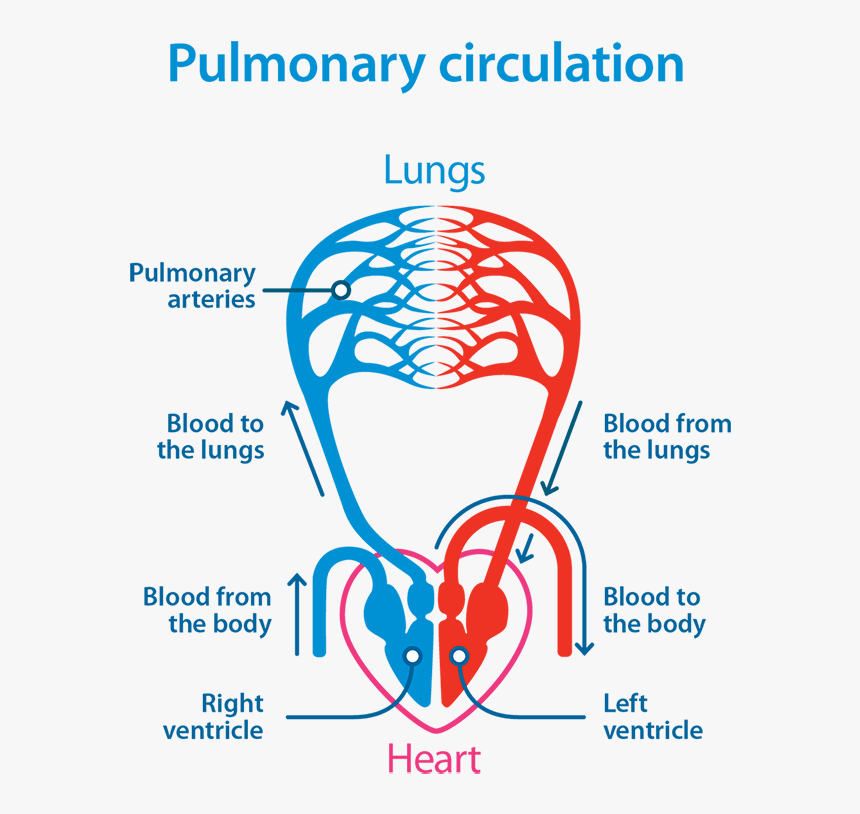Understanding the flow of blood through the pulmonary circulation system is crucial for medical professionals and students alike. A pulmonary circulation flow chart provides a visual representation of how blood moves through the heart and lungs, highlighting key processes and pathways. By studying and analyzing this flow chart, individuals can gain a deeper understanding of the intricate workings of the cardiovascular system.
The pulmonary circulation flow chart typically includes important components such as the right atrium, right ventricle, pulmonary artery, lungs, pulmonary veins, and left atrium. The flow chart illustrates how oxygen-poor blood from the body enters the right atrium, travels to the right ventricle, and then is pumped to the lungs via the pulmonary artery. In the lungs, carbon dioxide is exchanged for oxygen, and oxygen-rich blood returns to the heart through the pulmonary veins, entering the left atrium and then the left ventricle before being circulated to the rest of the body.
Pulmonary Circulation Flow Chart
Understanding Pulmonary Circulation Flow Chart for Diagnostic Purposes
Medical professionals use pulmonary circulation flow charts to diagnose and treat various cardiovascular conditions. By analyzing the flow of blood through the pulmonary circulation system, healthcare providers can identify abnormalities or blockages that may be affecting a patient’s heart or lungs. This visual representation helps in determining the underlying cause of symptoms and guides treatment decisions. Additionally, students studying cardiology or respiratory medicine can benefit from studying pulmonary circulation flow charts to enhance their knowledge and skills in these areas.
